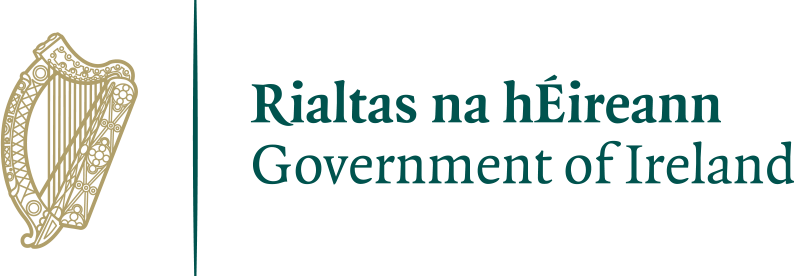Bivalve Working Group
The Bivalve Working Group (BWG) was established in March 2017 to co-ordinate the identification and prioritisation of areas where new fisheries could be developed for bivalve molluscan shellfish, such as cockles, clams, razor clams etc. The BWG meets on a regular basis and is made up of two representatives from each Regional Inshore Fisheries Forum (RIFF) area. BWG representatives from their local RIFF work together with local fishermen/gatherers to put forward proposals for new Bivalve fisheries including maps/charts of the geographical area. The proposals are then forwarded to the BWG Secretary with evidence of the viability of the proposed new fishery. They may also consult with the Marine Institute (MI) who may have or may provide additional evidence as to the viability of the fishery in the proposed area. The BWG will manage and prioritise these proposals. The BWG will consider the regional balance and industry cost-benefit when proposing a prioritised list of areas where new fisheries could be developed. The list will be communicated to the NIFF (National Inshore Fisheries Forum) and IMG (Inshore Management Group) who will review the proposed areas. The IMG will assess the risk that the proposed fisheries pose to the target species, by-catch, habitats and non-commercial species as well as possible spatial overlaps with other marine activities. On that basis, the IMG will communicate it’s recommendations to the BWG and NIFF and the degree to which management intervention is required on a case by case basis. Once a risk assessment of a given prioritised area has been completed the IMG will indicate to the SFPA the areas where fisheries could be developed. The NIFF is responsible for providing the RIFFs with updates on the prioritised lists. Management plans will be published publicly on the Inshore Forums website here.
A detailed description of the procedures for compiling and communicating information leading to a decision to classify a new production area in order to open new bivalve fisheries, which are otherwise closed under food hygiene regulations and environmental legislation can be found in the Protocols and indicators for opening a new fishery for bivalve molluscs in the link here and in the figure here.



